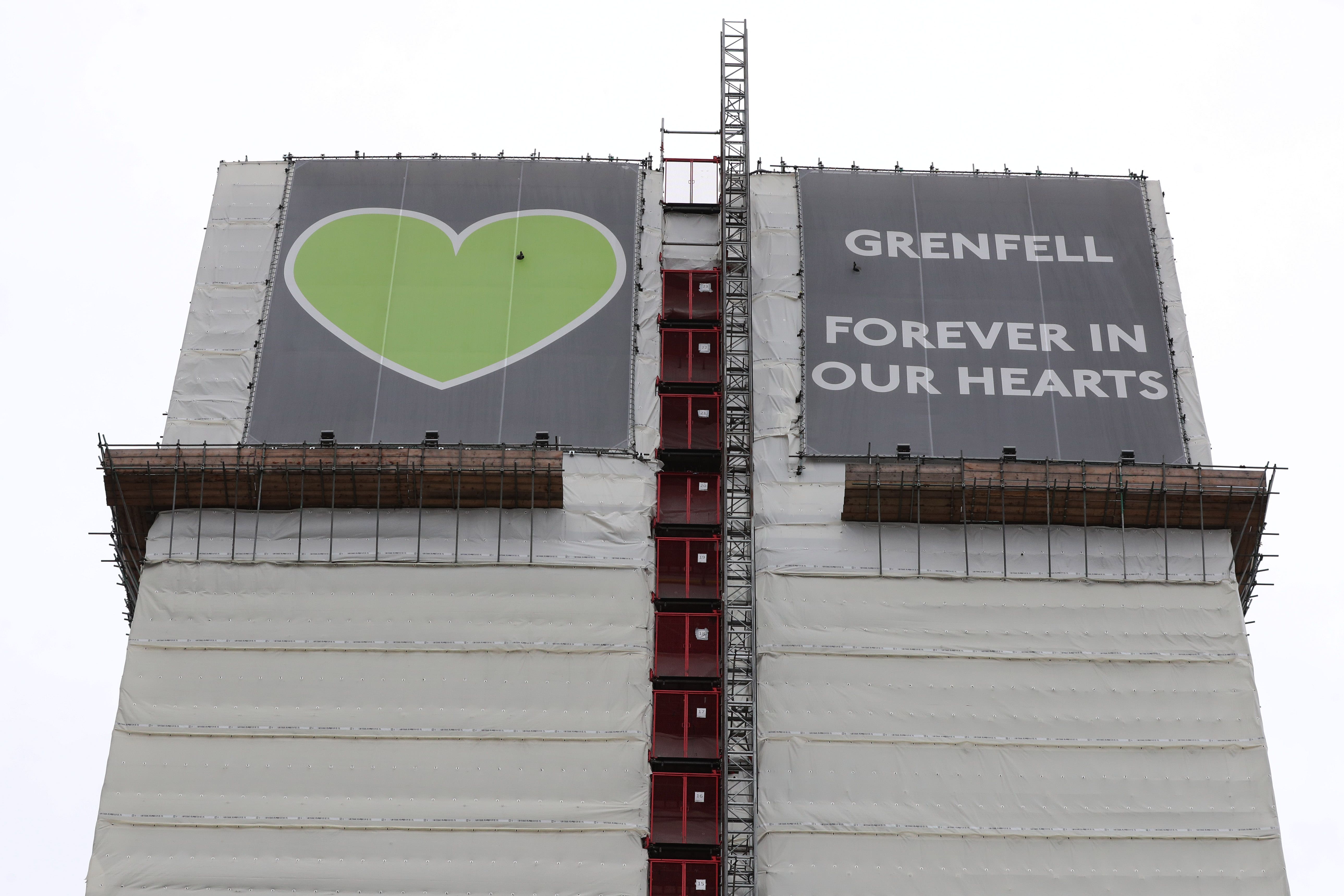Grenfell victims dead or unconscious before flames reached them, inquiry finds
The report found that all of the victims burned by the fire were dead or unconscious due to inhalation of asphyxiant gases, primarily carbon monoxide.

Your support helps us to tell the story
From reproductive rights to climate change to Big Tech, The Independent is on the ground when the story is developing. Whether it's investigating the financials of Elon Musk's pro-Trump PAC or producing our latest documentary, 'The A Word', which shines a light on the American women fighting for reproductive rights, we know how important it is to parse out the facts from the messaging.
At such a critical moment in US history, we need reporters on the ground. Your donation allows us to keep sending journalists to speak to both sides of the story.
The Independent is trusted by Americans across the entire political spectrum. And unlike many other quality news outlets, we choose not to lock Americans out of our reporting and analysis with paywalls. We believe quality journalism should be available to everyone, paid for by those who can afford it.
Your support makes all the difference.All of the victims of the Grenfell Tower disaster whose bodies were destroyed by fire were dead or unconscious by the time the flames reached them, an inquiry has found.
In the final report into the fire, chairman Sir Martin Moore-Bick made some findings on the 72 victims’ cause of death, in the hope that it would assist the coroner.
The report found that all of the victims burned by the fire were dead or unconscious due to “inhalation of asphyxiant gases”, primarily carbon monoxide.
The disaster also claimed five other victims, including three who jumped from the tower, stillborn baby Logan Gomes, and 74-year-old Maria del Pilar Burton, who died in January 2018.
Sir Martin said expert evidence suggested it was possible to descend the tower’s stairs “without danger of collapse” by 1.49am. After that it was still possible but “more hazardous due to the dense smoke and absence of visibility”.
“In light of Professor (David) Purser’s evidence, we think it likely that those who died in the tower after having left their flats inhaled most of the carbon monoxide that killed them while they were descending the stairs,” the report said.
“Those who did not survive the journey down the stairs had inhaled a significant amount of asphyxiant gases while in their flats and before entering the stairs.”
The report added that the “key distinction” between those who survived and those who died is that “those who survived left before the fire spread to the outside of their flats or the rooms in which they were sheltering”.
It concluded that “all the deceased were comatose, and in most cases dead, before they were exposed to significant heat”.
“The severe burning of bodies was likely to have occurred in all cases sometime after death when the fire entered the flats and consumed the combustible contents,” the report added.